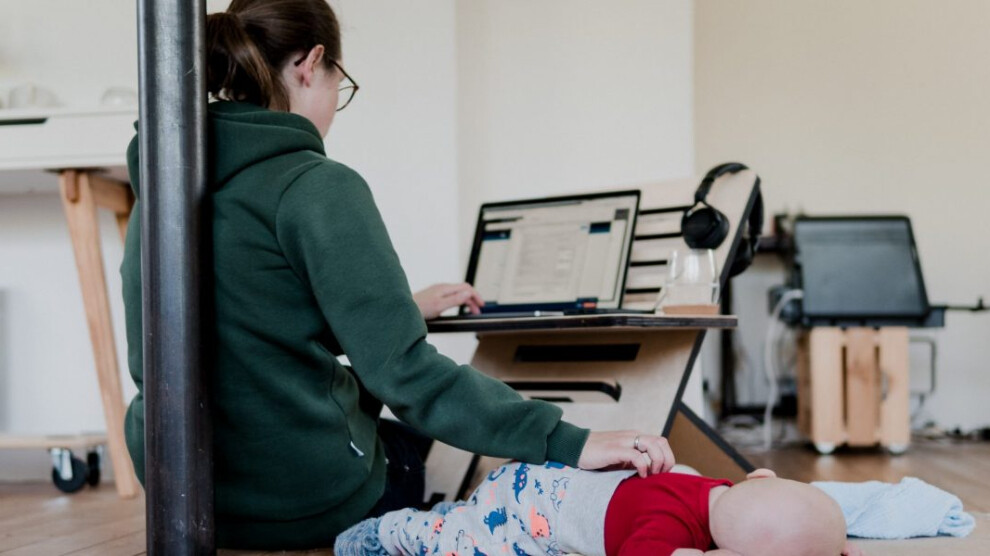67 percent of women do housework alone in Turkey
According to a research report on equality in chores at home in Turkey, 67% of women do housework alone. The study also reveals that 54% of society are unemployed.

News Center- The KONDA Research and Consultancy Inc. prepared a research report called, “Home Care and Time Use During the Pandemic” for the Turkey Representative of the Heinrich Böll Stiftung Association to understand the domestic work, home care, working practices, and time use of the Turkish population aged 18 and over during the Covid-19 pandemic and to examine differences before the pandemic and in different periods of the pandemic.
The report includes household size and characteristics, relations within the household and work sharing, the situation and care of the individuals living in the household and in need of care, domestic relations and working practices during the pandemic, remote working and distance education practices, and the difficulties experienced in these matters, and demographic differences in the use of time.
The results of the research conducted by KONDA during the period 22-24 October 2021 are as follows:
“Fifty-four percent of society is currently not working. Less than half of the population is doing paid work. Nearly 85 percent of those working go to the office, factory, and workplace. During the pandemic, the number of people who switched to working at home or alternately working at home and at work has increased. Weekly working hours are quite high; the working part of the society works an average of 48 hours a week. One in five people says that they work more than 60 hours a week. One out of every five working people does not have social security. As the level of education decreases, the proportion of uninsured individuals increases. One in five working people was laid off, or quit their job during the pandemic. We see that those who were laid off and those who had to leave their jobs, an issue that was constantly on the public’s agenda during the pandemic period, constitute 20 percent of the workforce.
“Women have the highest burden
“While 67 percent of women have sole responsibility for housework, this increases to 75 percent for married women. Women are generally responsible for caring for individuals in need of care. Ninety-three percent of those with sole responsibility for caring for babies in the household are women, and 73 percent of those with sole responsibility for the care of disabled, sick, and elderly individuals are women. The rate of those who think that “Quality nurseries and kindergartens should be provided to all families with children” is absolutely true is 83 percent.
“Since the pandemic, there has been a serious change in the time allocated to sleep”
“As a result of the fact that institutions and individuals were caught unprepared in education during the pandemic, one out of every 10 students who needed to receive online education could not be involved in this process. During the pandemic, while the general public sleeps about eight and a half hours a day, we are currently sleeping for about seven and a half hours. The time spent on the internet and television has decreased to four and a half hours a day in comparison to the beginning of the pandemic.
“Working women spend nine hours a day on housework”
“The time devoted to essential work during the day is slightly more than the time devoted to television and the internet. Men allocate approximately five and a half hours to their work, while this period is five hours for women. While men allocate half an hour a day to housework, women spend about three and a half hours on housework. While six hours a day are allocated to housework, education, and work, four and a half hours are allocated to the internet and television. The combined burden of housework and work for women in employment is quite high. Working women spend nine hours a day on housework and work. Housewives, on the other hand, spend four and a half hours doing housework.
“Older people spend more time on television”
“There is a big difference between the young and the old in time devoted to television and the internet. Young people prefer to spend more time on the internet, while the elderly prefer to spend time on television. Those aged 18-32 spend approximately three hours a day on the internet, while those aged 49 and above spend four hours watching television.”
